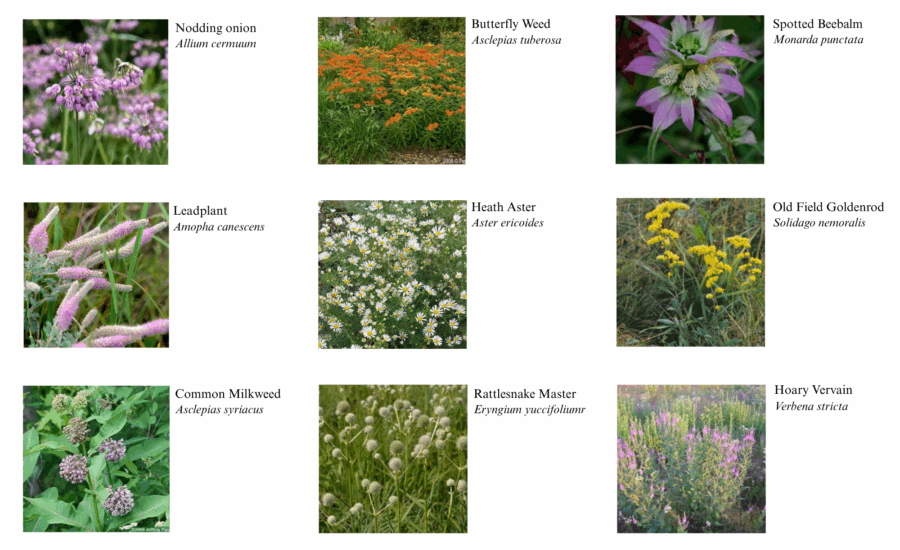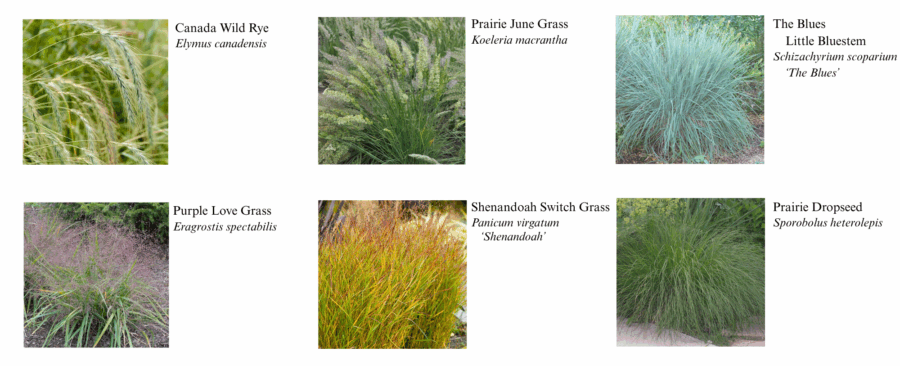
The Lake Michigan shoreline can be an unforgiving ecosystem for plants. Conditions such as high winds, elevated water levels, erosion, nutrition deficient soils, and harsh winters can prove difficult for sustaining healthy plant growth. Therein lies the benefits of using native plants. These plant species have evolved or adapted over time to a particular environment, no matter how harsh, and continue to significantly contribute to that environment’s ecosystem.
Choosing native plants that are well adapted to their particular ecosystem contribute to a more resilient landscape, providing benefits such as reducing erosion, managing stormwater run-off, and providing habitat for a diverse range of wildlife. Through the appropriate use of native plants, maintenance, fertilization, and water consumption can also be reduced.
From a cultural perspective, native plants can often evoke a sense of place, linking unique and diverse landscapes to the natural history of a particular site or region. When implementing site improvements at Fishtown, it was critical to maintain the historical site aesthetic, which is of maritime utilitarian landscape. Traditionally, spaces evolved from a place of both function and efficiency, allowing the edges to naturally transition into pockets of tough, resilient plantings. These pockets became ideal locations for native plants to thrive.
Integrating native plants into modern day site improvements at Fishtown provides that tough, resilient plant palate that aims to enhance the appearance of the site while providing ecological benefits such as habitat and increased biodiversity, all while creating a cultural link to the historical Fishtown landscape.

Plants
Grasses


